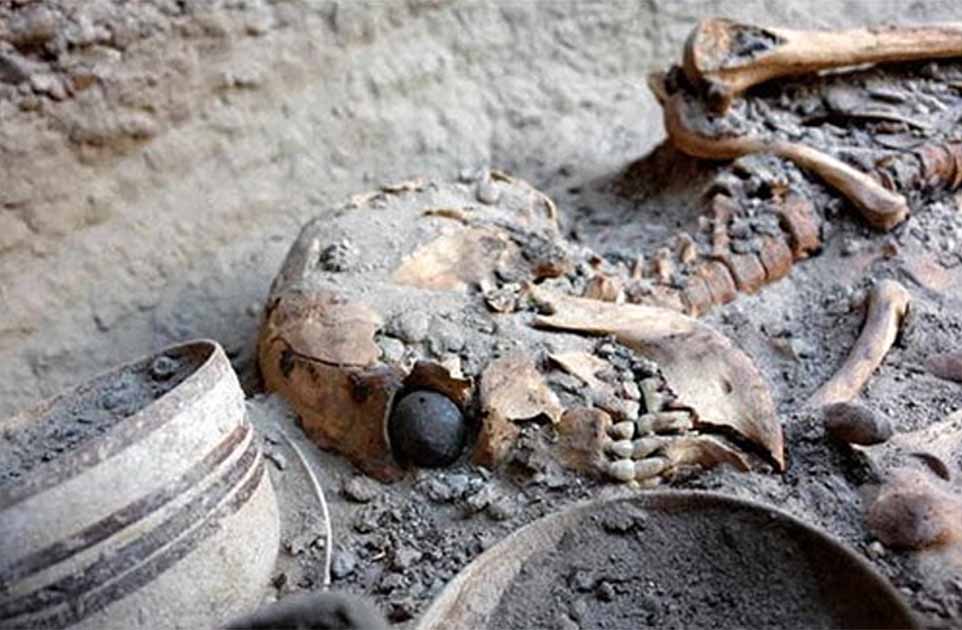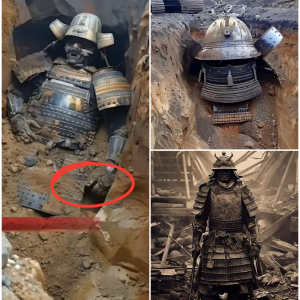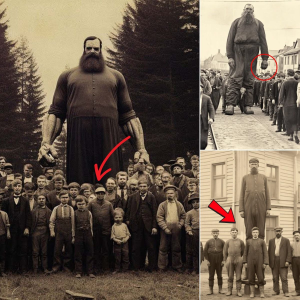Believe it or not, fake eyes have existed for thousands of years. Besides improving the physical appearance of the patient needing the artificial eye, fake eyes also prevent tissues in the eye socket from overgrowing and prevent foreign debris from entering the eye without a bandage or eyepatch.

The discovery of this eye reveals the ancient history of prosthetics including eyes, legs, and arms. Detailed craftsmanship of the eye also reveals early ideas regarding light, sight, and the purpose of prosthetics. By analyzing the structure, location, and purpose of the ancient prosthetic, we can infer more about the Burnt City itself as well as how this creation shaped medical advancement over time.
Shahr-e Sukhteh is the archaeological site of an ancient Bronze Age urban settlement in what is now southeastern Iran . This site is called “ the Burnt City ” because most of the city had been burnt by multiple fires starting in around 3200 BC.Due to the age of the artifacts discovered in the site, archaeologists believe the city was abandoned around 2350 BC, though it is unclear if a fire was the ultimate reason for the city’s sudden abandonment.

Multiple excavations have been done in Burnt City since 1997. Famous discoveries from the site include an ancient dice table game , a skull displaying ancient brain surgery , a marble cup, and an adorned piece of leather from the Bronze Age. The most interesting discovery, however, was the world’s oldest known fake eye in 2006.The eye was found in the remains of a woman estimated to be six feet tall, and physical evidence from the eye confirms it would have been worn during her life rather than inserted after her death. They estimated that the woman was between 25 to 30 years old at the time of her death.
Archaeologists who discovered the fake eye say that the prosthetic eye was made of a mixture of natural tar and animal fat, which likely kept it moist and durable during its use 4,800 years ago.
Those studying the eye were fascinated by the detailed craftsmanship. The eye had individual capillaries drawn with golden wire less than half a millimeter thick. A circular pupil was carved into the front with parallel lines drawn around it to form a diamond-shaped iris.
Two holes with gold wire were found on either side of the artificial eyeball, which illustrated how the eye would have stayed inside its socket. This soft gold wire would have made insertion gentle while still providing the support needed to keep the eye from falling out. They would have also helped to let the eye move gently in its socket.
Those studying the eye inferred that it had been worn while the woman was still living because of preserved eyelid tissue that had been stuck to the eye. They also found evidence from this tissue and surrounding tissue on the woman’s skull that she may have developed an abscess on her eyelid due to its rubbing against the artificial eye while blinking.Archaeologists found multiple clay vessels , ornamental beads, and jewelry pieces in the ancient woman’s gravesite. They also found a leather sack and a bronze mirror, both of which were still in excellent condition. These discoveries led archaeologists to believe that this woman was of high social status and was perhaps a member of the royal family.
Only individuals of significant social status would have had such ornate jewelry , clay, leather, and copper. This would also support her reason for having a fake eye. If she were in a position of power or high rank, she would have needed the eye to maintain her physical appearance and would have been one of few with the financial resources needed to customize an artificial eye that fitted her.

Details in the craftsmanship of the discovered fake eye show that the creator had a significant understanding of ocular anatomy. From the thin layer of gold to represent the iris to the tiniest blood vessels illustrated with gold wire, the eye was designed to be tasteful yet accurate for the wearer.
In addition to these details, some bits of white color were found on the white part of the eye, which suggests that the eye was once delicately painted to realistically illustrate an eye.
Other details about the eye leads archaeologists to conclude that the eye was handmade in the Burnt City, rather than made elsewhere and imported. This tells us that at some point in the Burnt City’s history, ocular health was studied by medical and craft professionals. This focus may have led to other medical advancements in treatment for ocular conditions such as infection or blindness in the city, though additional evidence of this has not been found.
Development of artificial eyes in other areas have been somewhat different from the eye discovered in the Burnt City. In 16th century France, surgeons made artificial eyes out of gold and silver to be worn either in front of or behind the eyelid.
Shakespeare referenced eyes made of glass in King Lear in 1606. In the 1800s, enamel artificial eyes were attractive but not durable, and advancements continued until today’s prosthetic eyes, which are made of hard acrylic, a type of durable plastic material.
Prosthetics have certainly come a long way since the time of the tar and animal fat eye found in the Burnt City. However, analysis of that eye still shows an impressive ancient understanding of ocular anatomy, which is fascinating to consider when thinking about ancient Iran. As medical knowledge advances, perhaps someday we may see even more durable and effective prosthetics for those who need them.





